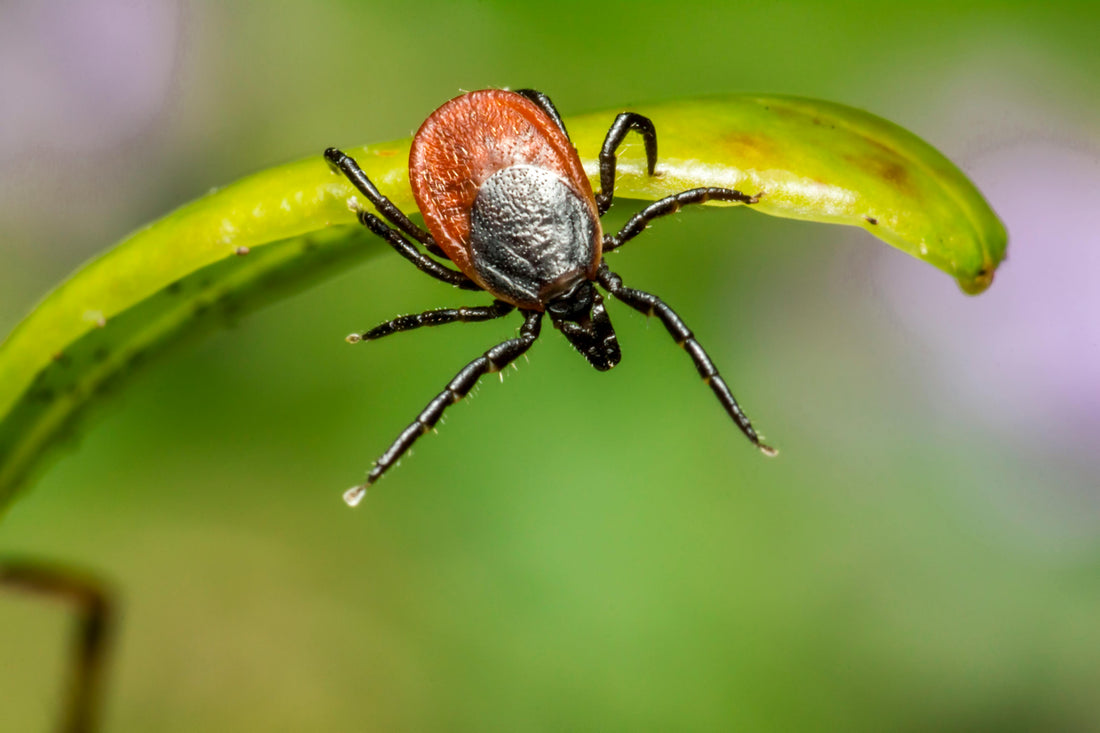
Complete guide to safely removing a tick from your dog
Compartir
Ticks are common parasites that can attach to your dog's skin, transmitting diseases if not removed properly. In this article, you will learn step by step how to remove a tick safely and effectively to protect your pet's health.
Step 1: Preparation Before you begin, gather everything you need:
Step 1: Preparation Before you begin, gather everything you need:
- Disposable gloves to protect you.
- Special tick tweezers or fine-tipped tweezers.
- Alcohol or disinfectant solution. You can use our wipes.
- A container with a lid to dispose of the tick.
- Find the tick: Check your dog's fur thoroughly, especially around the ears, neck, paws and between the toes.
- Wear gloves: Avoid direct contact with the tick's skin to prevent disease transmission.
- Grip carefully: Use the tweezers to grab the tick as close to your dog's skin as possible.
- Pull Gently: Apply firm but gentle pressure and pull slowly counterclockwise.
- Don't crush or twist: Avoid crushing the tick, as this can increase the risk of infection.
- Disinfect the area: Once the tick is removed, clean the area with alcohol or a disinfectant solution.
- Save the tick: Place it in a sealed container with alcohol to make sure it is dead, and preserve it if you need to take it to the vet for testing.
- Monitor your dog's skin: Observe the area for the next few days to make sure there are no signs of infection or irritation.
- Consult the veterinarian: If you have questions about removal or if you see signs of infection, seek veterinary care.
- Prevention: Use antiparasitic products recommended by your veterinarian to protect your dog against ticks and other parasites.
Removing a tick from your dog is an important skill for every pet owner. Follow these steps carefully and cautiously to ensure the extraction is safe and effective. Protect your dog's health through prevention and diligent attention to any signs of parasitic infestation.

